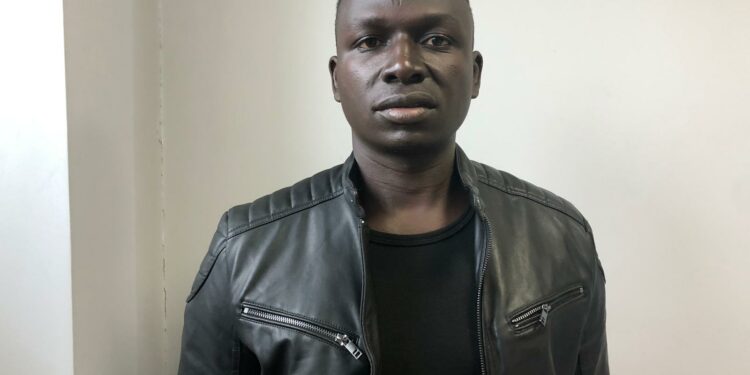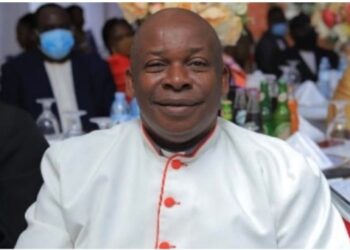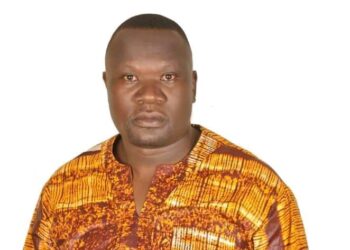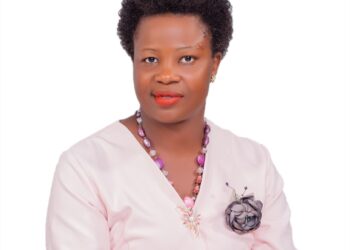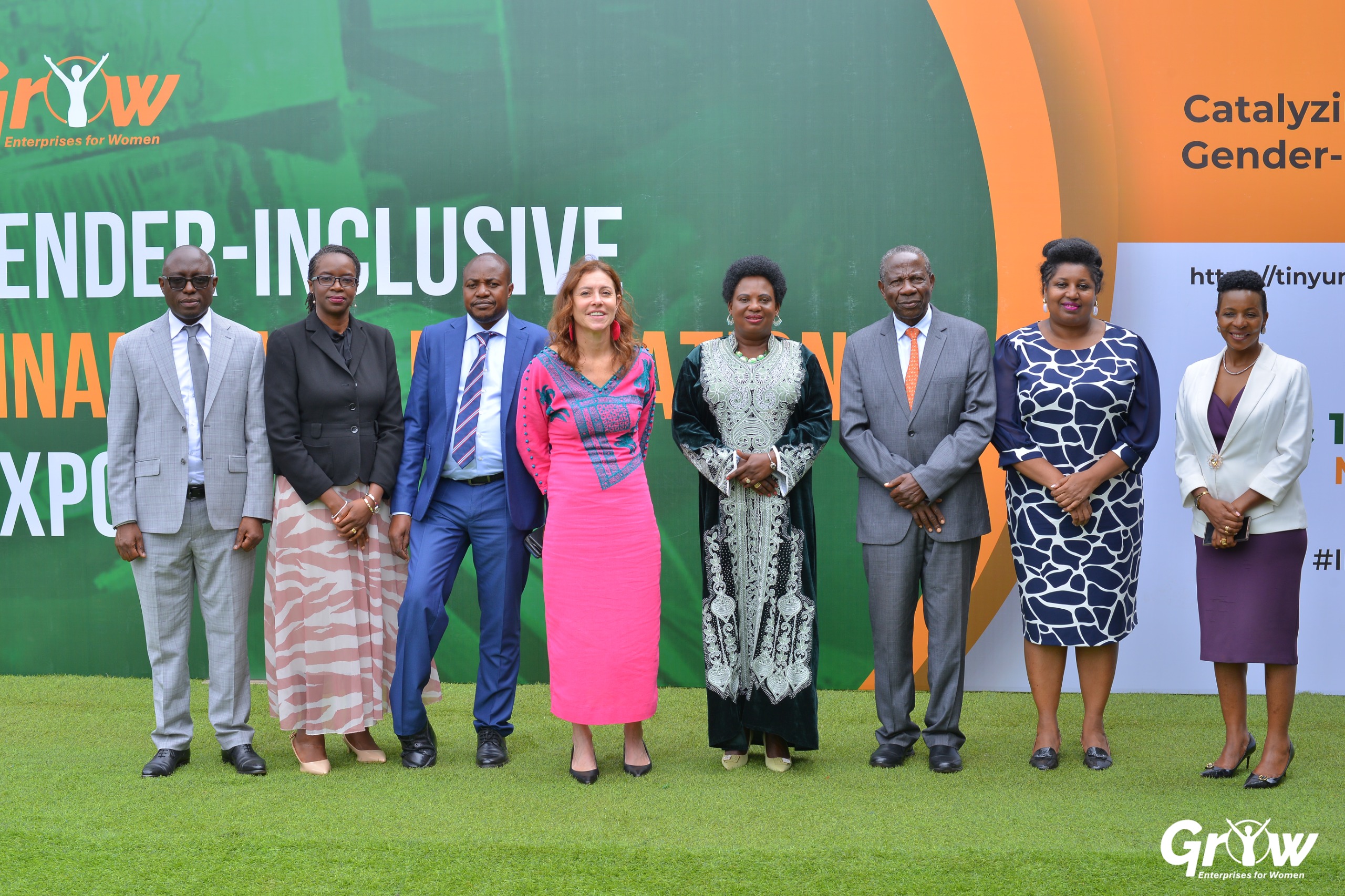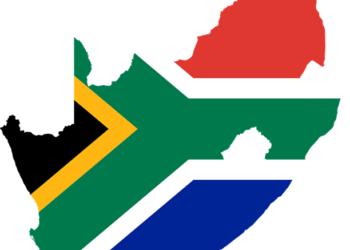If I remember well, it was in early April this year when Uganda’s secretary to the treasury, Mr. Ramadan Ggoobi tweeted about his trip to attend the IMF/World Bank Spring Meetings in Washington DC. That very same tweet just confirmed to many Africans what we already knew.
Mr. Ramadan Ggoobi’s tweet stated that International funding is declining & non-concessional sources are getting more expensive, and that the little money available (both concessional and non-concessional) is slowly moving to financing mainly climate-smart investments.
This IMF/World Bank Spring Meetings in Washington DC came at the time when a research paper titled “China as an International Lender of Last Resort” was released by majorly western academics from Harvard and other western universities.
In this paper, the researchers found 128 bailout loans worth $240 billion dollars to 20 mostly poor countries between 2000 and 2021. The vast majority of these loans were extended over the last five years, and almost half happened in 2019-2021. Moreover, the researchers found that People’s Bank of China swap lines are far more meaningful than direct loans. This paper concluded that china is now extending credit to bail out its banks that made loans to African countries that undertook projects that were not economically viable to repay Chinese lenders.
Net transfers from chinese lenders to developing countries recipients turned negative in 2019, after peaking in 2016. What this means is that chinese policy banks have flipped from being a source of capital to African countries into a new role of African debt collector.
One might think that the IMF will easily step in to lend African governments because, for years, it has been the world’s greatest lender of last resort. This has become more complicated of late. Recently The IMF is struggling to get money out of the fund to economies that need it now more than ever. The Fund is sitting on a $1 trillion pile of cash that it’s just not lending. Why? The the Paris club dominated by American rules and China on the other side don’t agree on the rules of lending rules. This has made resolving debt crises on the continent harder like we have seen in Zambia 2020.
This further complicates the IMF’s lending strategy because the Fund only lends to countries with sustainable debt ratios that in its view can easily pay the fund back. The IMF doesn’t lend African countries to pay Chinese loans. The IMF only lends to fix economies and help them with their balance of payments problems
According the IMF, public debt as a share of GDP reached an average of 56% in 2022 in the whole of sub-Saharan Africa. African governments are now spending a 5th of their revenues to service debts due to the strengthening of the dollar.
The solution to Africa’s funding squeeze is Africans should trust the international financing mechanisms less. African countries should build up massive reserves of cash and swap lines between various African nations so that we don’t have to need to IMF as much as we do now, when countries like brazil, India and Thailand in the 1980s and 90s became distrustful of the IMF, this is they did. When I saw the Tanzanian president calling out her Kenyan counterpart that had dollar illiquidity issues, I got concerned.
African economies should balance the trend of being export economies and investing in Africans economies to create demand for what they produce at home. Once African governments increase employment and give their people decent incomes, investors will come into the continent. This will develop our local capital markets, which means that there will be capital denominated in local currency that African governments can access rather than seeking foreign currency denominated debt.
Samuel Obedgiu
Agricultural Biotechnologist and Enviromental Activist
Email. sammyobedgiu@gmail.com
Do you have a story in your community or an opinion to share with us: Email us at editorial@watchdoguganda.com

